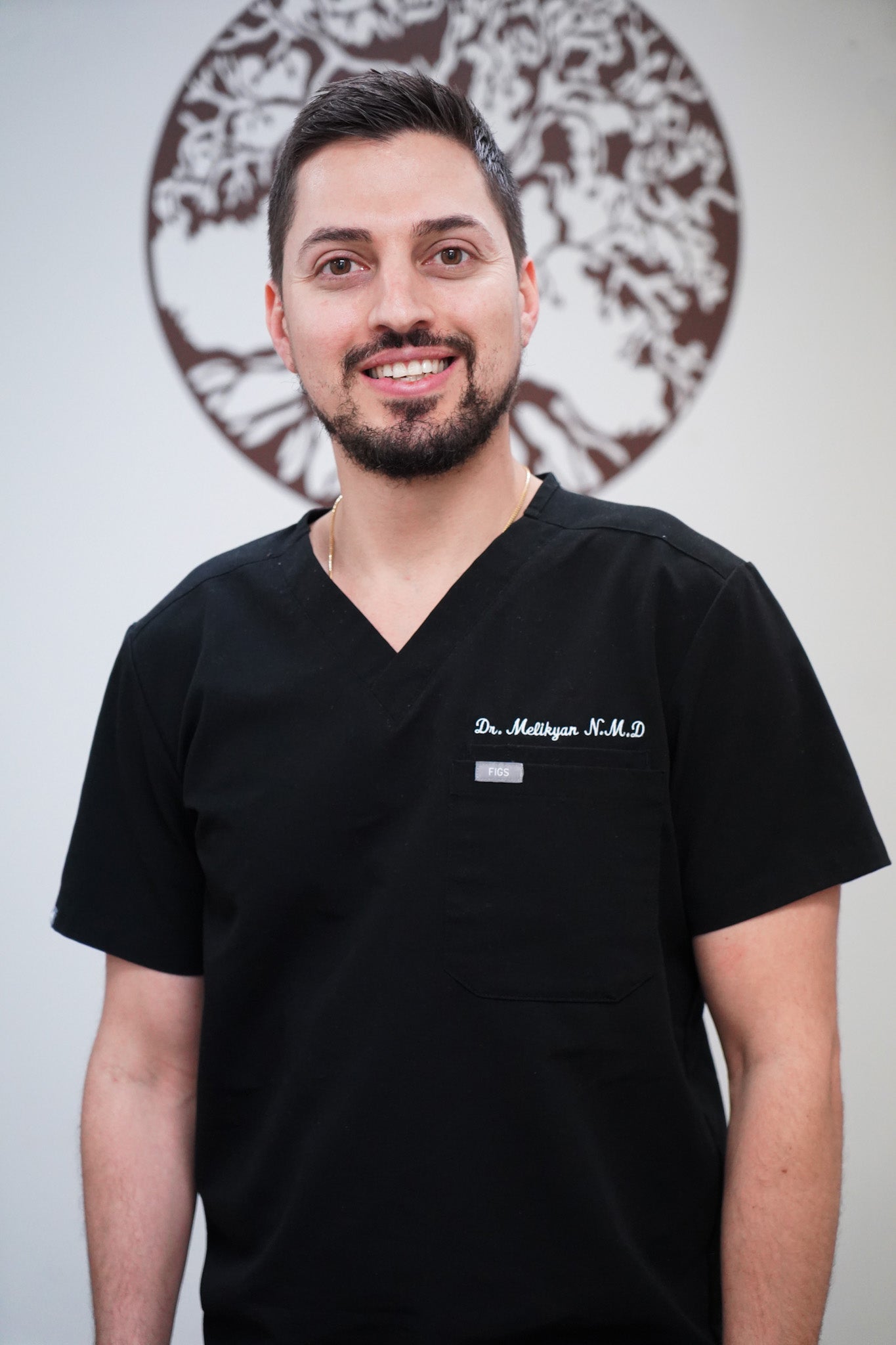How to Inject Your Peptides!
How to Administer Subcutaneous Self-Injections
Step 1: Instructions
This one may sound like a no-brainer, especially if you’ve used the treatment or something similar before. Please check the product description for general dosage instructions, for more detailed dosing please contact your physician.
From making sure that you have the correct product that your ordered!
Step 2: Injection Site
As we’ve discussed, administering your injection in the right location is essential. The most common places to self-inject a subcutaneous shot are the abdomen, thigh, low back, and upper arm. Depending on the type of peptide therapy that you’re injecting, you might have been given specific instructions for where to administer the shot.
Depending on the frequency, you may have to switch up injection sites for multiple applications. Once you get started, keep an accurate and detailed log of your self-injection schedule including date, time, and the location of each injection, as well as any post-injection complications or side effects.
In general, you should be able to pinch at least one or two inches of skin with your thumb and forefinger to apply a subcutaneous shot, and each new injection site should be at least an inch away from the last one.
Step 3: Supplies
You’ll have to prepare and take a few precautions to lower your risk of complications like infection and irritation at the injection site. A basic at-home self-injection kit should include:
- Alcohol wipes
- Sterile syringes and needles
You still need to follow clinical safety protocols even when injecting yourself at home and using your own supplies:
- Always wash your hands with warm water and soap before self-injecting
- Clean the injection site with an alcohol swab before giving yourself the shot
- Always use new needles and dispose properly after each use
- Make sure there are no bubbles in the barrel before administering
- Wipe down the injection site with a clean and sterile piece of gauze after you’ve self-injected
- Keep the injection site clean and dry after every application
Follow the instructions on how to prepare the syringe with your peptide solution (the amount of units per injection). Once you’ve prepared the syringe and are ready to self-inject, pinch at least an inch or two of the skin over the area where you plan to inject and insert the needle in first.
Subcutaneous shots can be self-injected at either a 45- or 90-degree angle depending on how much skin you can pinch. Generally, you can place the needle straight in at a 90-degree angle if you can pinch more skin, but if you can only pinch an inch of skin you can insert the needle at a 45-degree angle.
Once you’ve administered the peptide solution, be sure to remove the needle at the same angle at which it was inserted to prevent the needle from breaking.
Step 4: Safely Dispose of Your Needle(s)
Even when you’re self-injecting at home, you’re still required to follow safety protocols and regulations for adequately disposing of your syringes after each use. Depending on where you live, your state or local municipality may have specific regulations to follow which you can verify with your healthcare provider or local pharmacist.

Dr. Vahe Melikyan N.M.D.
Dr. Vahe Melikyan is the founder of Innergy Peptides. He is a licensed and board certified Naturopathic Physician in the state of California and Arizona. Dr. Melikyan is also hold certification by The American Academy of Anti-Aging Medicine in Peptide Therapy.
His drive and passion for health care have been the driving force behind his work in preventing disease. With Innergy Peptides he's made it possible for people all over the world to live healthier lives.
Dr. Melikyan’s ultimate goal is to help achieve optimal wellness for his patients and to advance Naturopathic Medicine around the world.

WHAT ARE PEPTIDES?
In layman terms peptides are chains of amino acids, which are small proteins comprised of short chains of amino acids that the body uses as hormones and signaling molecules for biological pathways. The body uses these proteins or peptides as signaling molecules facilitating the cell-to-cell communication and allowing the body to switch certain cell functions on or off. These can be responsible for your weight loss, immune strenght, anti-aging and much more.
These properties can be harnessed and used to trigger specific therapeutic effects. Peptide therapy has been used to treat age-related conditions, osteoporosis, obesity, inflammatory disease and even neuropathy issues. Since most of these peptides are naturally occurring within the body, the body is not being introduced to anything foreign, therefore causing less strain on the body.
